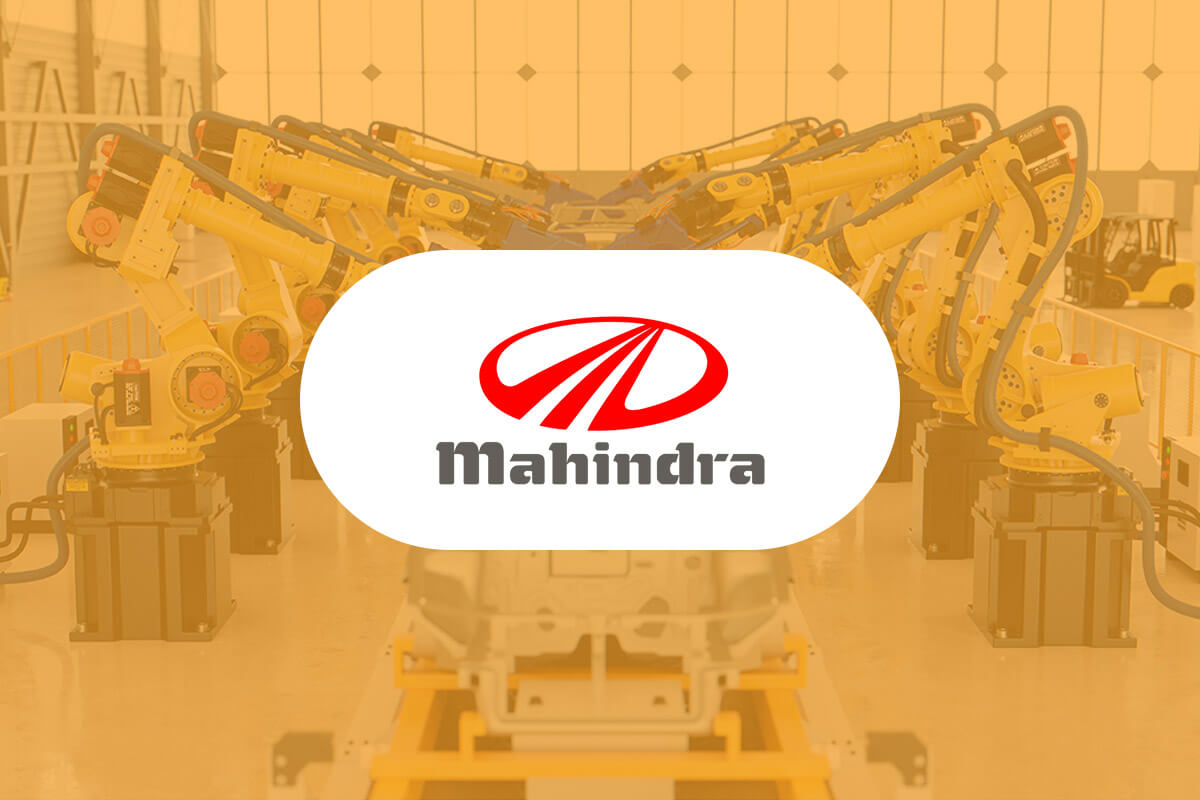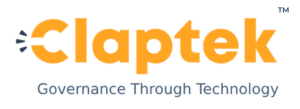Company Profile
The US $ 6 billion Mahindra Group is among the top 10 industrial houses in India. Mahindra & Mahindra Limited (M&M) is the only Indian company among the top tractor brands in the world. The Group has a leading presence in key sectors of the Indian economy, including Financial Services, Trade and Logistics, Automotive Components, Information Technology, and Infrastructure Development.

Business Challenges
Multi locational, multi-product conglomerates face, as one of the biggest challenges, the need to meet governance norms and the expectation of all stakeholders, particularly in matters concerning growth, profit maximization, and business ethics. These would require a high degree of process-driven controls and management by exception.
Whilst data would no doubt be available in the System, there is the challenge of knowing how to extract it using System Software and Tables residents in the programs. The present times have seen a growth in corporate frauds arising out of process failures and data manipulation which escapes notice when data is verified purely by adopting the sampling approach.
The rapid growth of corporates also throws up the challenge of coping with staff turnover in crucial areas, necessitating greater rigor in processes, near automation as the norm, and no room for individual discretion except as prescribed.
If the above were to be taken as the main challenges, these would need to be contained through a slew of measures that would include:
- Analysis of transactional data to monitor and watch costs and minimize revenue leakages.
- Automated data verification to ensure adherence to laid down processes.
- Standardized and effective data analysis with reporting on pre-defined parameters and on an exception basis.
- Making data available such that comparisons are possible across geographies irrespective of System platforms used.
- Use of Technology to extract and analyze data resident in the ERP; Ensuring adherence to Governance norms, local legislation, and Stock Exchange mandates.
- Monitor for accesses that could compromise the Confidentiality of resident data.
Solution and Application
The decision to use the Continuous Monitoring solution provided by Claptek was taken after a comparative analysis of various products available. What scored in favor of this solution was the sheer superiority of the product in terms of processing capability and ease of understanding its constituents and the various inter-linkages.
Together with Solution, M&M decided to go in for SAP DirectLink, which has been connected to the Production Server. The solution has been in use in a multi-pronged manner for a little less than 9 months as of date to achieve:
- Data analytics through structured, pre-defined programs.
- Analyses of data spanning unique applications to identify and address deficiencies in Systems in areas selected for review in accordance with the plan for the year.
- Double Payment Analyses.
- One-time Vendor Analyses.
- Customer and Vendor Master Analyses.
- The HR masters and employment records.
- Master data concerning Pension and other Retiral Funds and a Co-operative Credit Society.
- Data concerning Shareholder records.
- Usage of Financial Documents and skews in the passing of such Documents.
- Analyses of Material consumption under varied situations and possible leakages in material handling.
- Identification of multiple Loans against the same collateral and/or to the same person.
- Management of records concerning Fixed Assets.
- Utilization of Indirect Tax credits on a timely basis.
- Identification of Daily Cash balances and amounts under IOUs.
Measurable Benefits
The return on this investment is immense, and, in a sense, therefore, not measurable. It must be stated that the benefits of the type achieved through the use of this solution and SAP DirectLink were never envisaged at the time when the transaction was first mooted.
With the availability of Continuous Monitoring solutions:
- Lesser and lesser time is being spent on routine data extractions and analysis.
- Resources have been freed to concentrate on more value-adding activities. The time saved through automation of data analyses has led to a reduction in monitoring cycle time by around 30% to 40%, and, in some cases, been compensated for an extension of scope, and the flexibility of devoting more time to substantive controls as opposed to data collection.
- The planning of audits has also become much easier since data can first be analyzed off-site and priority areas can be determined through this process. This has helped in reducing the time spent on-site (and related costs) for audits that have to be performed at remote locations.
- The Team has been able to enhance its coverage without an increase in the number of Resource Persons
- Certain control changes have been instituted because of the analysis of data– examples: recruitment processes and creation of HR masters, granting of Loans, Access controls and material usage reconciliations. This has made the processes more robust.
- The analyses of multiple Loans against the same collateral have addressed the risk of Assets turning into Non Performing Assets, resulting eventually in losses to the Company.
- Because of the power of the Continuous Monitoring solution, we have been able to analyze the entire population of data, in virtually a ‘real-time’ scenario, with little or no time lag between the happening of an event and its analysis.
- The 100% analyses of data add to the confidence level and help bolster the observation without fear of a bias creeping in due to the limited sample size.
- Since data extraction can take place during off-peak hours, there is less load on the server during peak hours, and this has resulted in more optimal use of server time.
- Because of the use of this solution, the team is able to concentrate more on risks inherent in the business and on providing more effective solutions based on a more intense analysis of the data.







